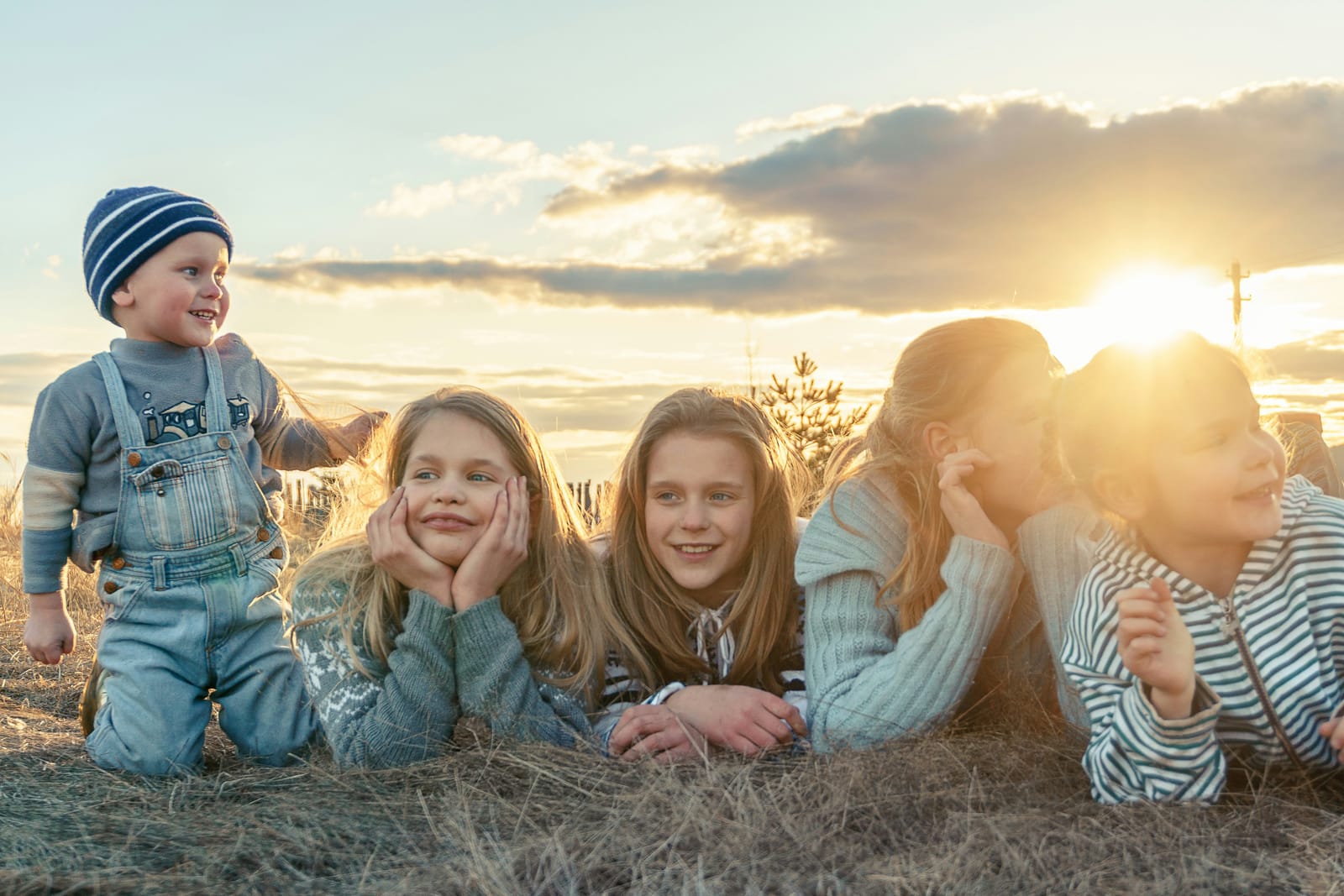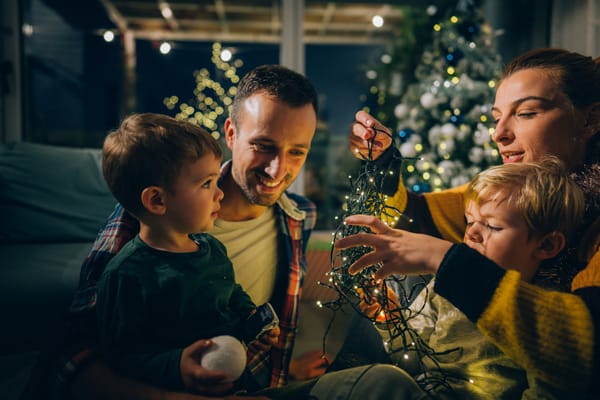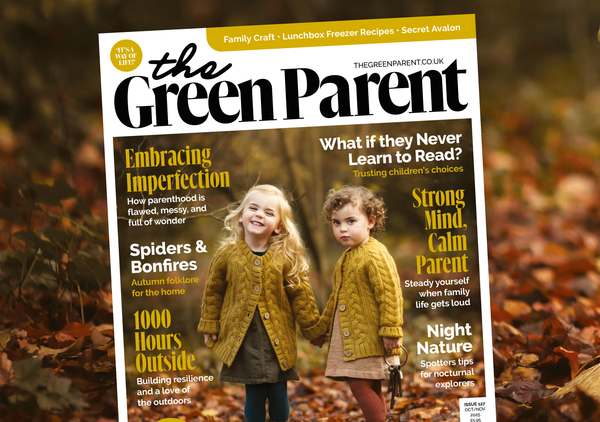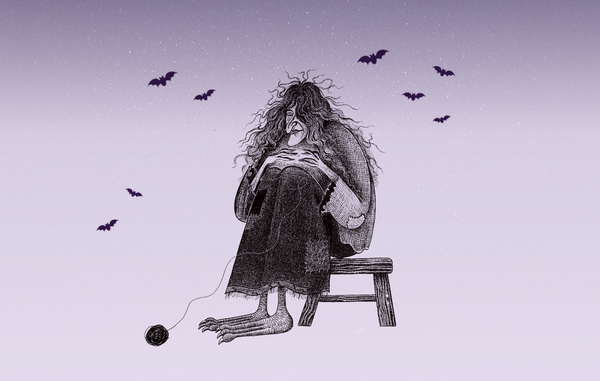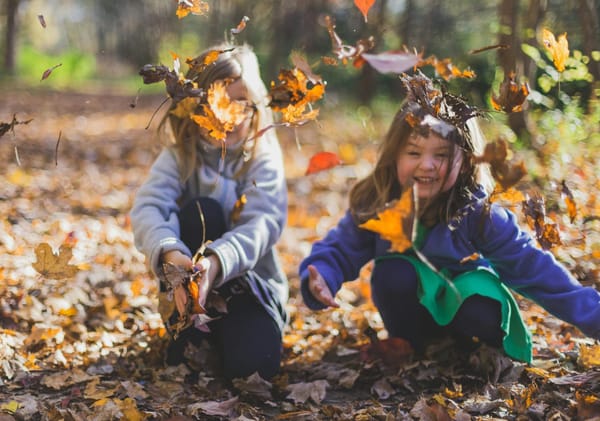Lammas is the traditional Celtic Harvest Festival, beginning at sundown on 31st July in the Northern Hemisphere. Check out our ideas for celebrating with your family
Lammas celebrates the wheat harvest, the food that would sustain us throughout the winter months, and the grain that would become next year’s crop, thus continuing the cycle of life.
The word Lammas means ‘Loaf Harvest’, but the original name of the festival, Lughnasadh, comes from the Irish god Lugh. Lugh is associated with the power of the sun and light, and is also celebrated for his connection to skills and crafts. So this festival is a perfect opportunity to gather together around a fire and create something. Together with friends and family, you could make a quilt, whittle staffs, weave baskets, or make music.
4 WAYS TO CELEBRATE THE HARVEST WITH YOUR FAMILY
Lammas is one of four Celtic fire festivals, so this is the perfect opportunity to gather with others around a fire.
EXPRESS GRATITUDE
Lammas is a time to give thanks to the Earth for her manifold gifts. Taking time to be still and experience gratitude together can be a very connecting event for family and community, and you may find it’s something you want to continue doing throughout the year before you share a family meal. Reflecting on the journey your food has been on, from the first seeds through to the person who sold it to you at the market, reminds us how lives are affected by our food choices. Growing your own food connects you even further with the cycles of the earth, and this might be a time that you fill your plates with delightful treats from the allotment or garden.
THE LAMMAS LOAF
Traditionally, communities baked loaves to share at this special festival. Why not bake your own Lammas loaf and share it with neighbours and friends? You could make your loaf in the shape of a man – the god Lugh – or in the shape of a woman – She of the Corn/ Mother of all Life. As you break the loaf, take time to reflect on your own personal harvest this year. What have you gained? What new skills have you learnt? What would you like to let go of and burn ceremonially in the fire.
EXPLORE YOUR TALENTS
At your Lammas feast, think about the skills and talents you want to focus on in the coming year. In following your dreams, you are serving the community as a whole and bringing more bliss into the world. Each of us has a harboured desire to learn something new, to expand our consciousness in some way. Whatever you want to learn this year – woodwork, needlework, music, cookery, healing, dancing, gardening, writing, painting, exploring - make this the year you bring your talent to light. Is there a way you can join with others to explore your new skill? Perhaps you might start a circle of singers, a gathering of guerrilla gardeners, a nestle of knitters, a formation of fiddlers, or a posse of painters!
MAKE A CORN DOLLY
A traditional way to celebrate and mark this festival is by making a corn dolly. This is a wonderful thing to do with children and can become part of your seasonal table, if you have one, at home. Gather the first sheaves of corn and twist them together to make a doll shape, fastening them with coloured ribbon. Colours that reflect this time of year are greens, yellows, oranges and harvest colours. Look online for videos on how to make corn dollies, they can be as simple or as complex as little hands want to make them
BOOKS TO READ
Festivals, Family and Food by Judy Large and Diana Carey
The Children's Forest: Stories and songs, wild food, crafts and celebrations by Dawn Casey, Anna Richardson and Helen D'Ascoli
Earthwise: Environmental Crafts and Activities With Young Children by Carol Petrash
A Year in Story and Song: A Celebration of the Seasons by Lia Leendertz
The Wheel of the Year: An Illustrated Guide to Nature's Rhythms by Fiona Cook and Jessica Roux
Lammas and the First Fruits by Alexandre Ravenhart and Maria Finchenko
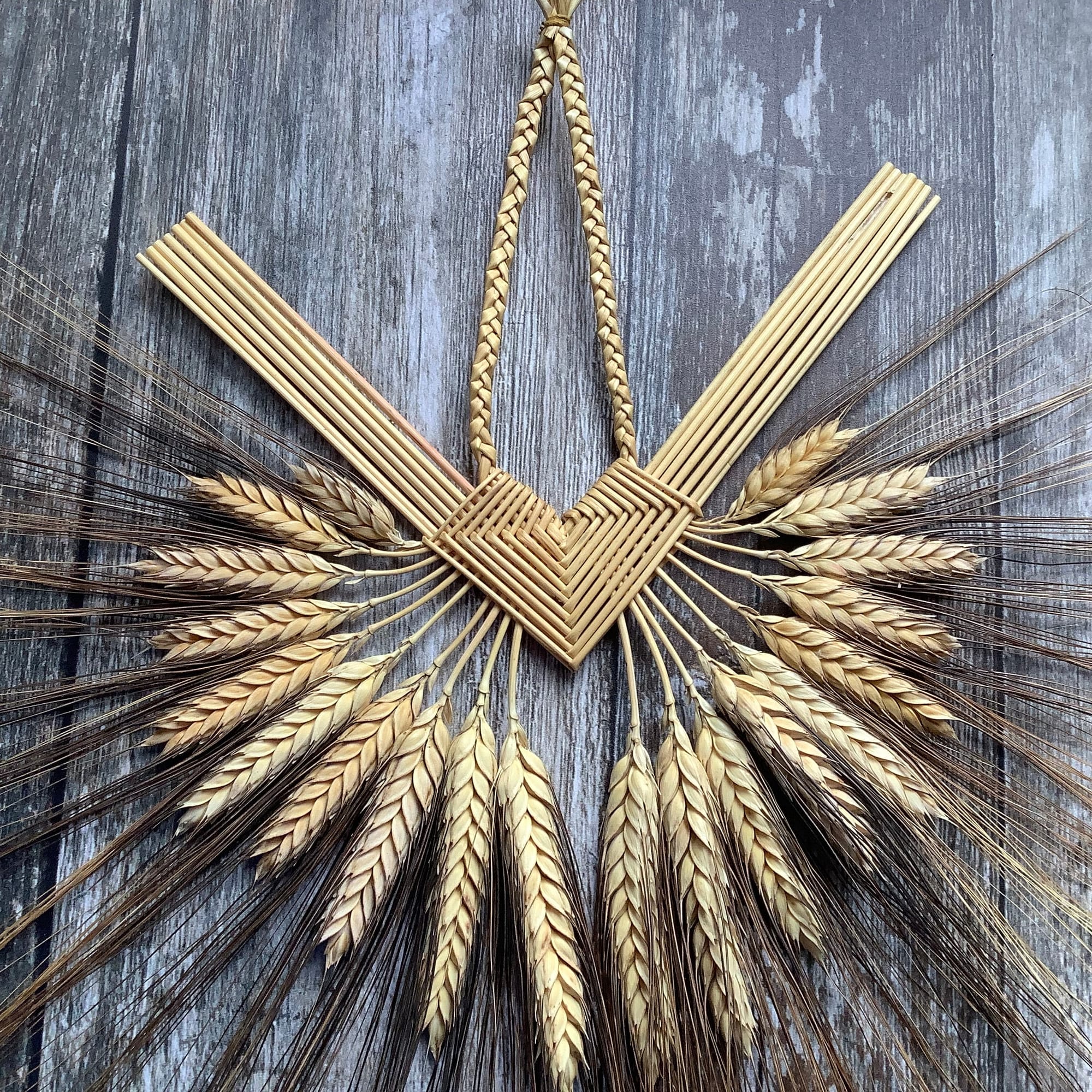
Family Lammas Craft
Traditionally, this is the time of year that corn dollies were made from the last few stems of wheat, twisted and bound together to form a safe haven for the spirit of the harvest
The dolly would be ploughed back into the soil on Plough Monday in the early new year. Wheat weaving connects us with our past, and is a creative and rewarding past-time. We spoke to expert Carol Partridge about her art and the stories behind it.
“I play hurdy gurdy in a medieval reenactment band, Rough Musicke, and realised that there were gaps in the day to be filled as the band didn’t play continuously at events. So I took out a small corn dolly kit to make harvest favours, and came home empty-handed. It was a lightbulb – or should I say tallow candle – moment, and I started an Etsy shop to keep my hand in over the winter.
The craft is red-listed by the Heritage Crafts Association; there are few people carrying it out or passing on the skills to another generation so there is a real prospect of it fading away. So, learning it meant hours of frustration at the kitchen table!
My favourite piece is the Border fan. This is associated with a particular area of the British Isles, in this case, the English/Welsh border. It is an attractive piece and one which I teach at my workshops - people are always pleasantly surprised at what they can achieve in a short time. Most people can manage the easy 3 braid hair plait but have a go at the compass plait which uses four strands. The instructions are on the Guild website – many people will recognise this as a scoobie pattern.
I love using natural materials that will, ultimately, break down without any environmental impact. Having said that, corn dollies will keep for years; I know of one display that was put together over forty years ago and is still intact!
Obtaining the materials is not as easy as you might think: old-fashioned wheat used for corn dollies is only grown by a few specialists and has to be specially cut - on modern farms everything goes through the combine and the straw is smashed.
I enjoy creating forms that link with our cultural past as well as using the traditional techniques to create new designs. It fascinates me that the craft appears to have developed in disparate places globally using a variety of materials and I always have a new project in mind: some rice straw is currently awaiting my attention for a Japanese shimenawa!”
MORE INSPIRATION
Find out more about Carol’s workshops and see her incredible designs at etsy.com/shop/thewheatweaver
Find the Guild of Straw Craftsmen strawcraftsmen.co.uk
Buy straw at simplystraw.co.uk


